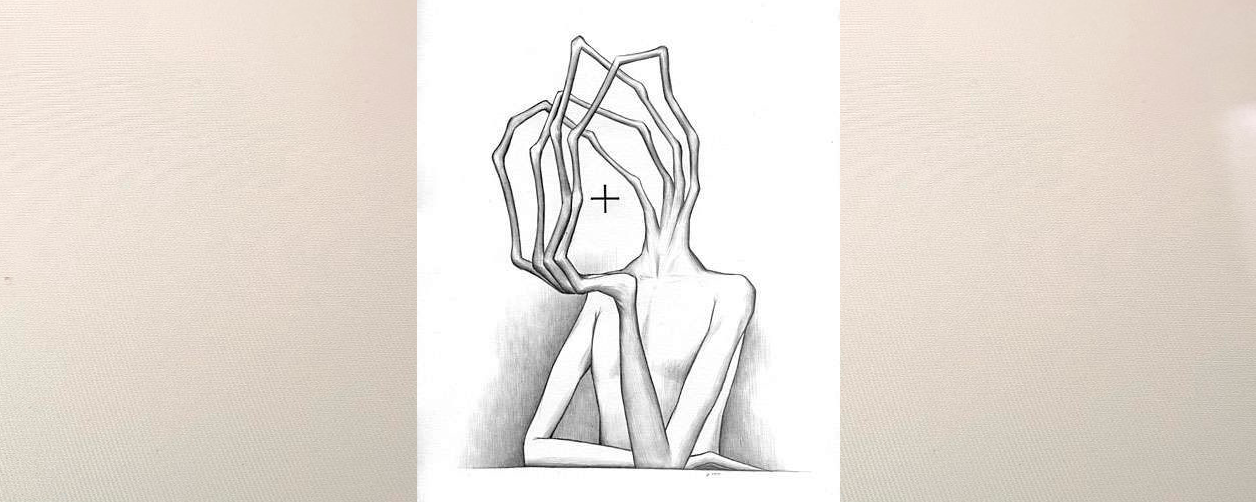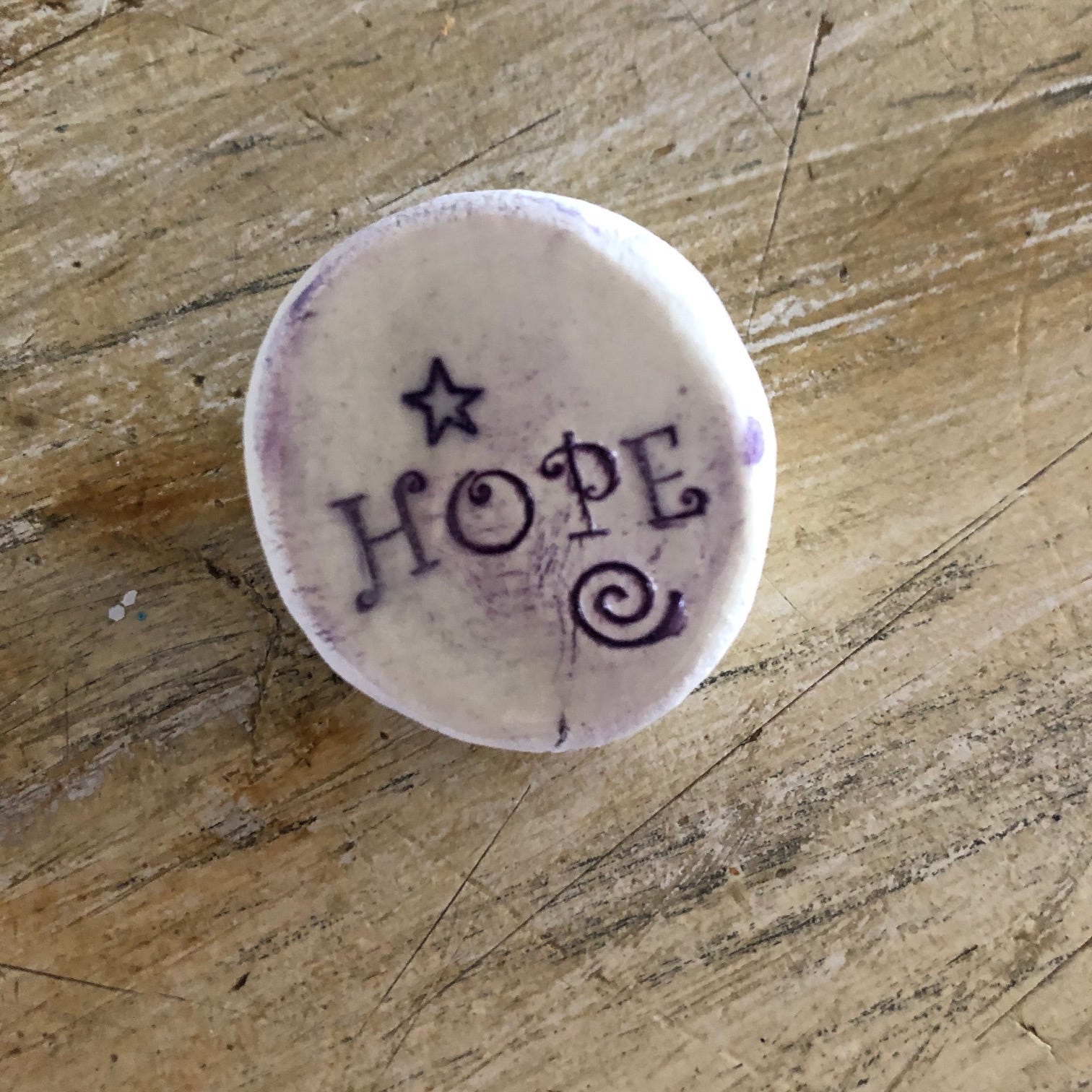Author
Educator
My work is focused on solutions to help students, educators and their institutions to thrive, not just survive.


I recently read an article about a party in Marblehead, MA attended by 20–30 young people. Apparently, no masks worn were worn. It seems there was no social distancing. There was, it appears, sharing of drinking cups (unclear what was in the cups). Now, this party occurred in a private home. (No word best as I can read as to where the homeowners/parents were.)
Apparently, most of the attending students scattered when the police arrived. That means that contact tracing is tough sledding since the names of party goers is not known. It seems that the students who were identified (because they were not fleeing) are not being subjected to any police action.
The result of the party has been that the Superintendent closed down the high schools until Nov. 6th. All athletic events have been suspended too. Another high school in the area is closing too. Students attending the party need to be tested and quarantined, as do any adults in contact with them.Marblehead High School goes remote after house partyMARBLEHEAD, Mass. (AP) – A Massachusetts high school will shift to fully remote learning after students attended a…www.boston.com
The incident standing alone is bad enough. But, it is the contents of the letter from the Superintendent that truly got me thinking about the title of this article. In his letter (linked below), the Superintendent observes that this was not the only such party in his community. He notes that other nearby communities had similar party incidents. He observed how he recognizes the need of students to socialize but in these times, that desire (and acting on it) presents serious risks for not only the students themselves but the larger community. He ends his letter by noting how sorry he feels for all those who worked so hard to open the schools. He notes in the second to last line: “We must do better.”
https://docs.google.com/document/d/1bzbxRdwdTFaEe9mw3SkwGAzrFQ1mJ041tOOCOt125yY/edit
As a former college president, I get that students want to party and congregate. I appreciate that the Superintendent gets this reality too. I get how difficult social distancing is. I get that students of a certain age underestimate risk to themselves and others. And we know that our brains do not develop quality capacity to make good judgments until we are well into our twenties.
But….
Let’s start with this question: Were there no students in the crowd of 20–30 who had parents or grandparents who might become ill? Were they all only children or were their siblings (older or younger) who could become ill? Were there one or two or three students who recognized that this type of party was seriously risky as COVID rates rise in Massachusetts (and elsewhere)? Why didn’t those few students have the courage to speak up and out?
Here’s another question: Where were the parents living at the home where the party was held? Were they there in the home that evening and let the party happen? Were they out to dinner (really?)? Were they at a neighbor’s house socially distancing and wearing masks?
Consider yet another question: Did the parents of the 20–30 students attending this party know where their children were that evening? Were they totally unaware of a party which their child was attending? And, how did all the kids get to the party? Did they drive (and drink) or were they dropped off by an adult?
I appreciate that we have COVID fatigue. We have a new serious surge of the virus; we have impending holidays. We have been wearing masks and social distancing (or not) for months. An end is not in sight. A WSJ article today by Stacy Meichtry et al observes that to stop the spread of the pandemic, we need large scale public cooperation.
The WSJ article contains a chart of “rule breakers” in the UK, and it is clear that our collective desire for compliance is waning — and not just among young people. Many of us have been “rule breakers” over the past 6 months. The question is whether our degree of rule breaking is increasing. Apparently, the answer to that question is, sadly, yes.
But….
Surely, we can do better as the Marblehead Superintendent observed.
Consider these nine reasons as to why we cannot and are not doing better as COVID threats persist. And as you read each reason, consider this reality: we can change. The reasons are not presenting hurdles over which we cannot go. We can change if we have the will to do so.
1. We don’t have enough quality “public” or “political” role models. If our leaders downplay COVID protections or it becomes a political statement NOT to wear a mask, then young people certainly have “cover” when they fail to comply too. Let me add that too many college presidents are not listening to their own advice either; how can students behave if leaders do not?
2. We don’t have enough parents willing to role model quality behavior and then work to enable their children to comply by offering sufficient alternative safe avenues for social connection. There are creative ways to get together if parents enabled those to happen and yes, if kids were willing to listen to and participate in these activities.
3. We haven’t talked enough to our children and each other about how all the restrictions are making us feel, think and behave. We lament the constraints. We use negative words. We don’t speak opening and candidly enough about what positives we can find, what pathways forward we can create, what hurdles to feeling and behaving better we can construct. It is for this reason, among others, that Dr. Ed Wang and I developed The Feeling Alphabet Activity Set. If you can’t articulate feelings — if you can’t name them — then you can’t tame them. This Activity Set can be adapted for all ages and stages and yes, parents and guardians can talk more opening to their children about feelings — their own and those of their children. They can listen. (For those who want to download the Activity Set, it is available at www.karengrosseducation.com for $4.99.)
4. We have not recognized fully the positive impact of educators on student behavior, and our educators have not had sufficient opportunity to engage meaningfully with all of our students. Online learning can feel impersonal, and in person education is not the same as it was in that personalized attention through a smile or a touch or a private conversation are hard to have, assuming their importance is recognized. We need to help teachers communicate not just the substance they are teaching but how to get students to see the risks before us all. We need teachers who are trauma trained and can offer students trauma-responsive strategies.
5. We have not taken to the airways enough with PSAs to change societal behavior. We know how to do this. We did this with smoking. Now we need to do this with the Pandemic constraints. And, we can use advertising and social media to message all the time in ways designed to reach different age groups. Scare tactics are NOT the answer. They don’t work over the long (or short) haul. We need to embrace cultural change.
6. We have not undertaken large scale social norming campaigns, something that college campuses have deployed with some success to shift student behavior. These campaigns are student driven and they allow students to see how other students actually behave, not in terms of what they say but what they do. Perhaps we’d find there is widespread non-compliance with social distancing and masks (that wouldn’t be optimal obviously). Perhaps we’d find that there is compliance except when one is outside of school with certain friends. Open issues to be sure in terms of success. See:https://socialnorms.org/social-norms-approach/
7. We haven’t given students enough voice. I can hear the yelps. They are kids. But the adults haven’t exactly stepped up. So, why not allow kids to help us think through how to get social distancing and mask compliance into place with regularity? We might be surprised that student led efforts work.
8. We haven’t gotten enough kid empathy engines activated. If students could be given opportunities to work on COVID-issues in a safe way (documenting care through video or song or dance; making and delivering food; enforcing mask wearing at elementary schools; helping senior or homeless individuals), then perhaps their recognition of the plight of others would rise and they would begin increased compliance.
9. We haven’t tapped into the arts and creativity among young people — installation art, photo montages, documenting history of COVID, writing poetry, singing and dancing (see above), writing stories, spray painting walls or creating murals on walls as symbols or messages. These are all outlets that allow students to express themselves and comply and message.
The Marblehead incidents are frightening and maddening. They are also sad and potentially disaster-making and that’s no exaggeration. But, I have hope.

I actually do. All of the above 9 reasons can lead to change. We just need the will — personal, societal, political — to make that happen. If ever there were a time to encourage changed behavior it would be now. So, no more Marbleheads; instead, let’s have more of a strategy to enable and foster compliance with COVID precautions. When shall we begin? Yesterday.
Note: This article originally appeared on Medium at: https://medium.com/the-innovation/why-dont-we-listen-to-covid-guidance-3e931efcdc44